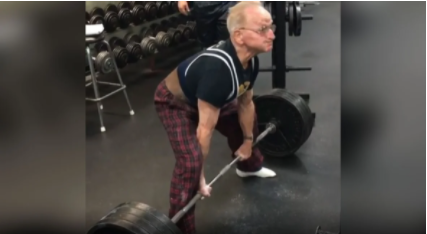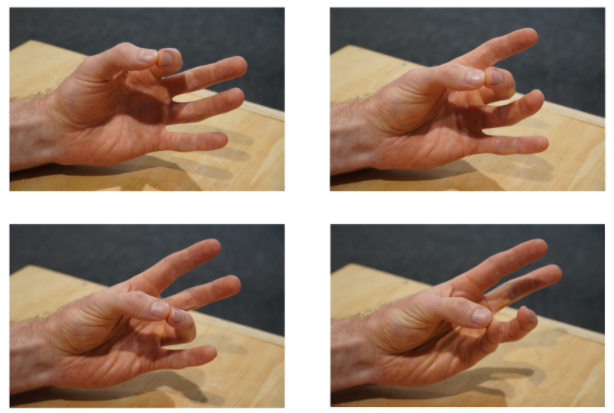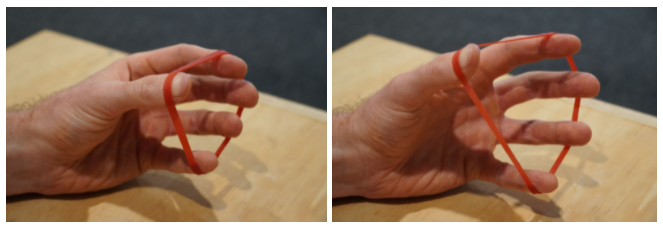Getting a Grip of Hand Osteoarthritis
As humans, our hands are incredibly important. They provide us with dexterity in a range of tasks. From the simple - bringing food to the mouth, right up to the ultra complex - painting the ceiling of the sistine chapel. Our hands also allow us to transmit force from the rest of the body to objects - whether that's a bag of mulch in the garden or a heavy barbell like 90 year old Mr Stockinger:

With so many functions, it becomes immediately obvious to anyone when their hands aren’t working like they used to. One of the most common causes of hand pain and dysfunction is osteoarthritis (OA). This article will take a look at hand OA and what you can do about it.
What is hand osteoarthritis?
Osteoarthritis is a condition characterised by joint pain, swelling and stiffness and it can affect any of the joints in the body. The most common sites are the knees, hips and hands. OA was previously diagnosed radiographically, but what is far more important is your clinical presentation. This is because there are many people with radiographic (X-ray or MRI) findings of OA, without symptoms!
Osteoarthritis has been called a ‘wear and tear’ condition but this is inaccurate for a couple of reasons:
- If it were, exercise wouldn’t help (spoiler alert - it does!)
- Living organisms are not like cars that need regular oiling and replacement. Human joints ADAPT to loading and movement.
The causes of hand OA are complex and varied but include:
- Age - people in their later years are more at risk
- Sex - women are more affect by Hand OA than men
- Bodyweight - people who are obese are more likely to have hand OA
- Genetics - you can inherit an increased risk of hand OA
- Previous injuries - intra-articular injuries can predispose joints to OA
Hand OA is estimated to affect around 13% of men and 26% of women over 70, with the prevalence increasing after the age of 40.
How do you treat hand OA?
Like nearly every condition affecting the human body, hand OA benefits from exercise. We recommend meeting or exceeding the minimum physical activity guidelines:
- 150 minutes of moderate aerobic or 75 minutes of vigorous aerobic exercise each week (or a combination of the two)
- Muscle strengthening exercise on at least 2 days per week
- Aim to be physically active each day
(Australian Government Department of Health 2021)
In addition to generally getting enough physical activity and exercise, specific hand exercises can also be useful to:
- Encourage movement of the hand and finger joints
- Build hand and finger strength
Here are 3 exercises that you can perform every second day to improve your hand OA symptoms. You can complete these every second day.
- Stress ball squeeze
- Hold a stress ball or hand exercise ball.
- Squeeze tightly and hold for 5-10 seconds.
- Perform 2-3 sets of 8-15 repetitions.
- Go to a point where you feel some challenge in your hand and forearm without undue pain.

- The okay sign
- Make the ‘okay ‘ sign with your thumb and index finger.
- Hold for 3 seconds.
- Repeat with the thumb and each of the other fingers.
- Perform 2-33 sets on each hand.

- Rubber Band Splays
- Loop an elastic band around the tips of your fingers.
- Splay your fingers out against the band. Then let your fingers come back together.
- Perform 2-3 sets of 8-15 repetitions.

So… if you are experiencing hand OA, make sure you give these exercises a try! If you want to become more active for both your hand and general health, you can try one of our free workouts by creating a free account to our online exercise platform.

